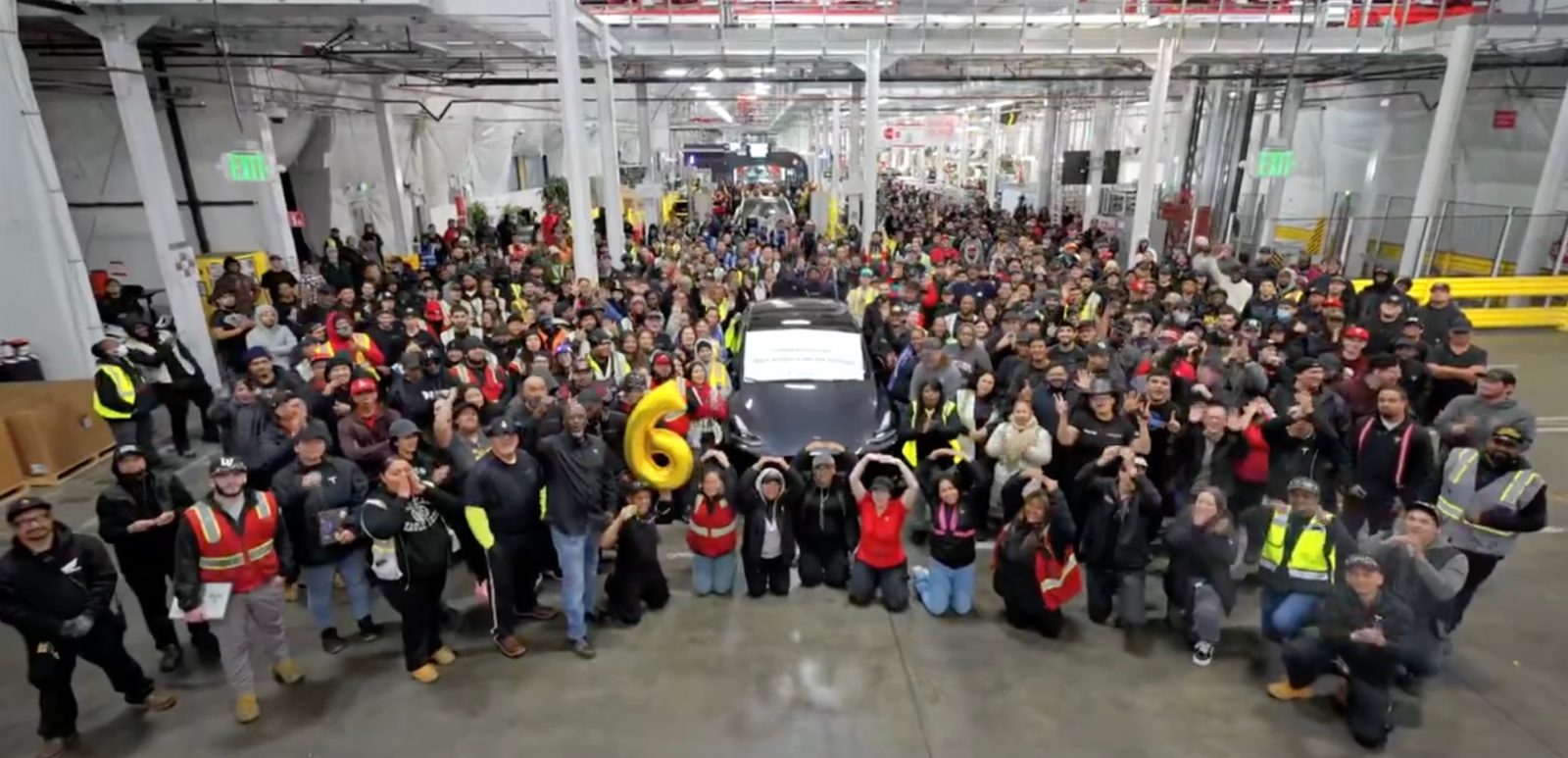Tesla Hits the 6 Million Mark: Is It Celebratory or a Sign of Slowing Momentum?

Tesla, the name synonymous with cutting-edge electric vehicles (EVs), has recently etched another milestone into the annals of automotive history by producing its six-millionth electric vehicle. This landmark achievement comes at a time swirling with mixed sentiments about the automaker’s current growth rate and future trajectory.
While Tesla's enthusiast base and market presence have grown exponentially over the past decade, this latest milestone begs a deeper examination. Beyond the surface-level celebration, questions about Tesla's production rates, competition with rivals like BYD, and future market dynamics loom large.

The Implications Behind Tesla's Six Millionth EV
Tesla’s journey from its first electric vehicle to its six-millionth is nothing short of remarkable. This milestone, achieved in over 6 months since the announcement of its five-millionth vehicle, is a testament to Tesla's enduring commitment to sustainable transportation. However, it also arrives at a moment when Tesla's growth pace appears to be plateauing.
Despite increasing the installed production capacity at key Gigafactories in Shanghai, Berlin, and Texas, Tesla's production rate over the last year has not seen the exponential growth expected by many industry observers. This reality brings to light the challenges even giants like Tesla face in scaling up production while maintaining quality and innovation.
Competition and Market Dynamics
With BYD recently surpassing Tesla in terms of new BEV (Battery Electric Vehicle) production capacity, the electric vehicle market landscape is becoming increasingly competitive. Tesla, while still a frontrunner in overall BEV deployment, is now navigating a market that demands not just innovation, but also agility and responsiveness to consumer demands and global market trends.
This evolving competitive environment, coupled with Tesla’s own internal adjustments in production capacity and pricing to match market demand, paints a complex picture of the electric vehicle industry's future. Tesla's strategic decisions in the coming months will be crucial in defining its position in the global automotive hierarchy.
What’s Next for Tesla?
As we celebrate Tesla's latest achievement, the broader implications for the EV giant and the automotive sector at large cannot be ignored. The company's efforts to throttle production capacity in response to market demand and its strategic price adjustments point to a more nuanced approach towards sustaining long-term growth amidst fluctuating market dynamics.
Tesla's next steps, particularly in how it navigates the challenges of production scalability, market competition, and technological innovation, will be pivotal. As the electric vehicle market continues to evolve, Tesla's ability to adapt and innovate will not only determine its future trajectory but also set the pace for the broader automotive industry.
Conclusion
The production of Tesla’s six-millionth electric vehicle is a moment of celebration, reflection, and anticipation. As Tesla continues to drive forward, the path ahead is laden with both opportunities and challenges. The ultimate impact of this milestone will depend on how the company leverages its strengths to address the pressing issues of production efficiency, market competition, and technological advancement.
The road ahead for Tesla is as electrifying as it is uncertain. Only time will tell whether this milestone will be seen as a stepping stone to greater heights or a moment of retrospection amidst shifting market dynamics.